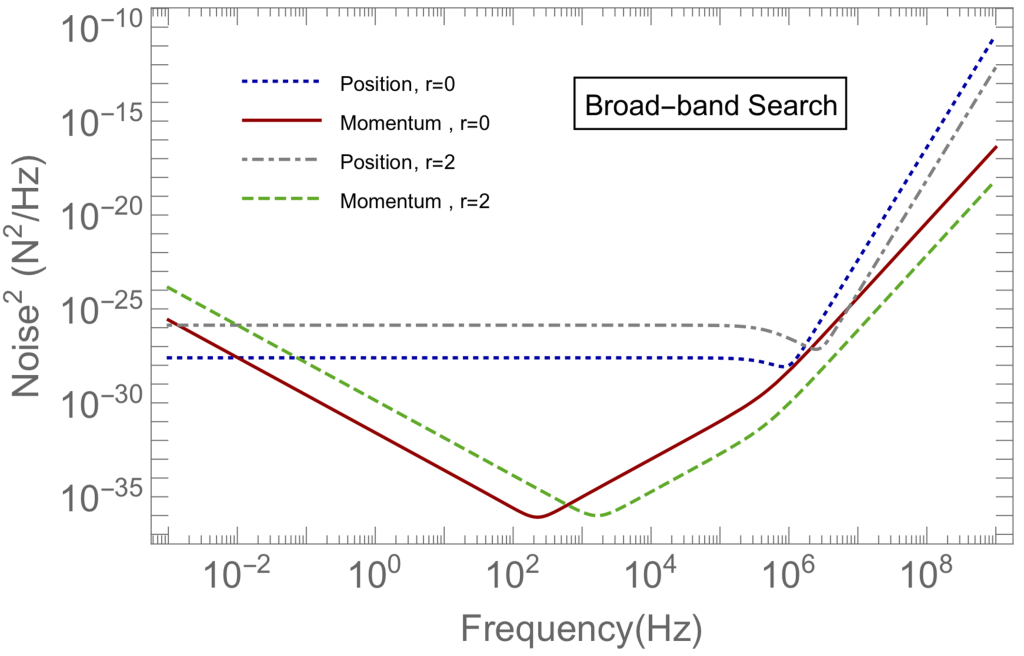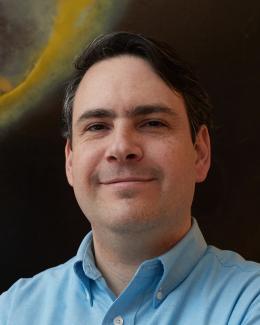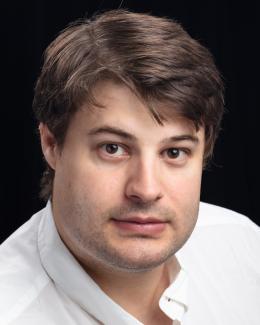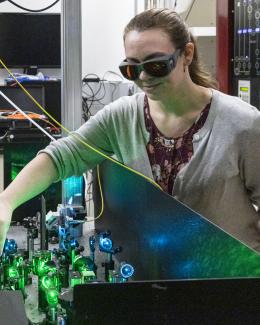Achievement: A collaboration between scientists at Oak Ridge National Laboratory (ORNL) and University of Maryland/NIST developed a theoretical approach to combine different quantum noise reduction techniques to reduce the measurement-added noise in optomechanical sensors well below the standard quantum limit (SQL) benchmark. Ultra-sensitive force detection is a vital tool with broad applications to experimental physics, including dark matter detection. Quantum resources to go beyond the SQL in these sensors include squeezing of the light used to transduce the signal, backaction evasion applied by measuring the optimum quadrature, and quantum non-demolition (QND) measurements that reduce backaction directly. Determining a scheme where all these quantum resources contribute to noise reduction and thereby exceed the benefit of using only one quantum resource alone has been a continued challenge in the field. Here, we determined the theoretical limits to noise reduction when combining squeezed light with QND measurements for these optomechanical sensors. We demonstrated that backaction evasion through QND techniques dramatically reduces the technical challenges present when using squeezed light for broadband force detection using a momentum measurement, paving the way for combining quantum noise reduction techniques for enhanced sensitivity in impulse metrology.

Significance and Impact: Our work is based on optomechanical sensing technologies. The progress in this field has enabled ultra-sensitive force and impulse detection, which has potential applications in many branches of physics. One of the directions that is generating excitement particularly for the high energy physics community, is the search for dark matter using quantum sensing platforms. A recent proposal lays out a technique to use optomechanical sensors for the direct detection of dark matter through its gravitational interaction alone. One of the challenges of attaining the required extremely sensitive impulse measurements is the noise that gets added to the system because of the act of measurement itself. In our work we propose a novel strategy for combining quantum noise reduction resources to attain extremely sensitive impulse measurements beyond what is possible with the current state-of-the-art in optomechanical sensors. Thus, our work contributes to a significant advancement in quantum sensing technologies applicable to the direct detection of dark matter candidates.
Sponsor/Funding: The DOE Office of Science, National Quantum Information Science Research Centers, Quantum Science Center supported theory and experimental design for the generation of the two-mode squeezed light source, while the DOE Office of Science, Office of High Energy Physics supported theory and experimental design for the back-action evading measurements that would benefit from squeezed light.
PI and affiliation:
- Jacob Taylor, University of Maryland/NIST
- Raphael Pooser, Quantum Computing and Sensing Group, Quantum Information Science Section, Computation Science and Engineering Division, ORNL (02/2022-08/2022)
- Alberto Marino, Quantum Computing and Sensing Group, Quantum Information Science Section, Computation Science and Engineering Division, ORNL (10/2022-Present)
Team: Sohitri Ghosh, Matthew Feldman, Seongjin Hong, Claire Marvinney, Raphael Pooser, Alberto Marino, Jacob Taylor
Citation and DOI: Ghosh, Sohitri, Matthew A. Feldman, Seongjin Hong, Claire Marvinney, Raphael Pooser, and Jacob M. Taylor. "Combining quantum noise reduction resources: a practical approach." arXiv preprint arXiv:2211.14460 (2022).
Summary: Sensing signals from a weak force acting on a sensor for a diminutive time period is a ubiquitous problem in physics. A strategy to detect such miniscule signals is impulse sensing, where small and short-lived forces are detected over a broad bandwidth. Optomechanical sensors are pertinent for these tasks as they transduce a force acting on a mechanical sensor to an optical signal. However, the probing light adds measurement-induced noise. To be sensitive to extremely small impulses, the measurement-induced noise must be minimized. In our work we determined the theoretical limits to noise reduction while combining squeezed light readout with a QND measurement of momentum of a mechanical oscillator. We showed that our proposed measurement protocols have an appreciable advantage in sensitivity for measuring impulse and monochromatic signals in specific frequency ranges.




